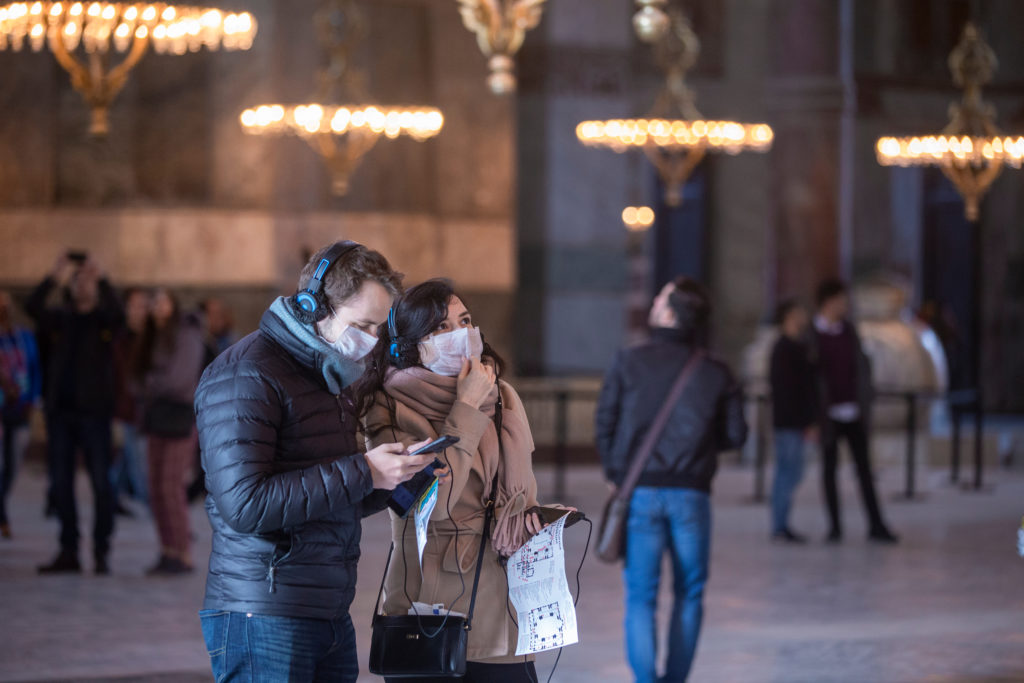What We Learned from 2020

When we set out to create the nationwide research project that became Wave One of Culture and Community in a Time of Crisis: A Special Edition of Culture Track, we thought we’d be providing a time-specific, limited tool to help navigate the unprecedented circumstances stemming from the COVID-19 crisis as a contained and finite event. Little did we – or the world – realize that we would be entering a disrupted condition of global human experience that converged with social justice and political crises to forever alter people’s relationship to each other and the world around them. As we now move to a new stage of vaccination availability and gradual evolution toward a “new normal,” attitudes and experiences borne of dislocation and necessity in the quarantine and post-quarantine world are likely to be carried forward and expressed as behaviors that will impact the ways cultural organizations will need to redefine themselves as they seek to connect with and provide meaning for tomorrow’s audiences.
What are these altered needs and desires? From what over 125,000 respondents told us in our Wave One study, they seem to aggregate into two potentially conflicting themes: Comfort and Connection. By Comfort, we refer to those groups of policies, services and resources that reassure people that the experiences we are inviting them to participate in are both safe and empathic, and address concerns about physical well-being (through, for example, health and hygiene protocols) as well as make them feel welcomed and included. Connection addresses the desire to be with others, interact and feel a part of something beyond themselves; the opposite of the enforced social deprivation that has defined the COVID period. The challenge, then, is how to blend the two: how does a cultural organization reassure its audiences that it is a safe and healthy environment while at the same time providing opportunities for social engagement and interaction that have (until just recently) been defined as risky and discouraged?
The emotional mindset that lingers from 2020 is one of isolation, dislocation and uncertainty. It seems unlikely that this feeling will immediately dissipate once some public health official says it is “safe to return,” whatever return means. While there is undeniably a pent-up demand for the types of social and intellectual uplifting that cultural experiences can so powerfully offer, so too is it evident that we have been irrevocably altered as a result of this past year’s experiences, and that cautiousness and worry will continue to play a role in deciding what to do and how and when to do it.
It is the power of these emotional realities, beyond any explicit intellectual or rational considerations, that will ultimately guide personal decisions. Note that foremost among the needs from cultural organizations that respondents cited in our survey was the desire to “Laugh and Relax” by providing a positive and uplifting alternative to the anxiety and uncertainty that has pervaded their everyday lives. This sentiment also appears in their desire for organizations to offer “Distraction and Escape.” Protocols matter, but must exist as a part of a dedicated, ongoing commitment for the cultural organization to be a compassionate, caring and responsive center of community for all.
The focus on interpersonal connection and connectedness emerged repeatedly throughout the responses to our study, as well as the desire for uplifting and powerful emotional experiences. This suggests that the opportunity ahead for cultural organizations is to emphasize the positive, social and experiential qualities of returning to physical cultural spaces. Don’t just show audiences but “show up,” and demonstrate that you are truly here for them: ready to welcome, easy to enjoy, and uniquely able to provide opportunities to re-connect and relax, and revitalize their minds and spirits.
-Arthur Cohen, Founder/CEO, LaPlaca Cohen, 1/25/2021